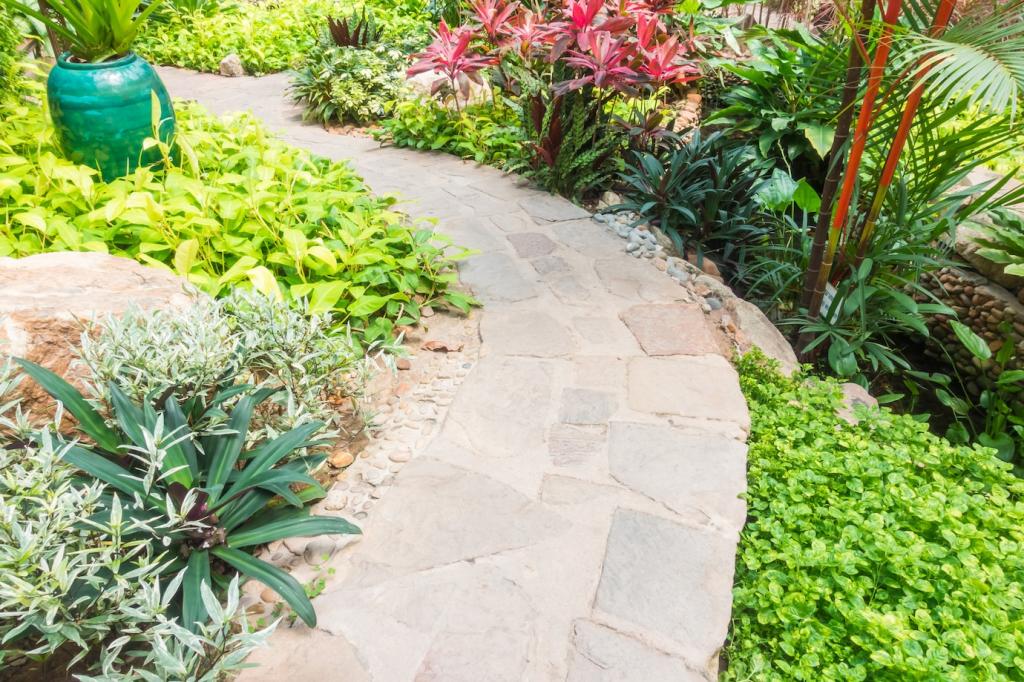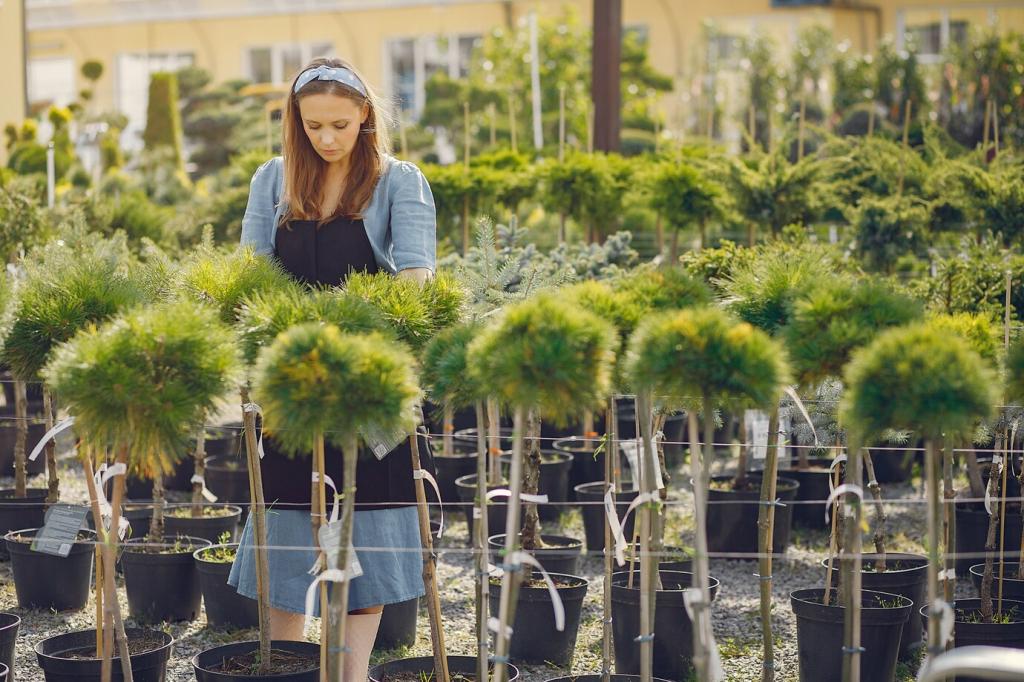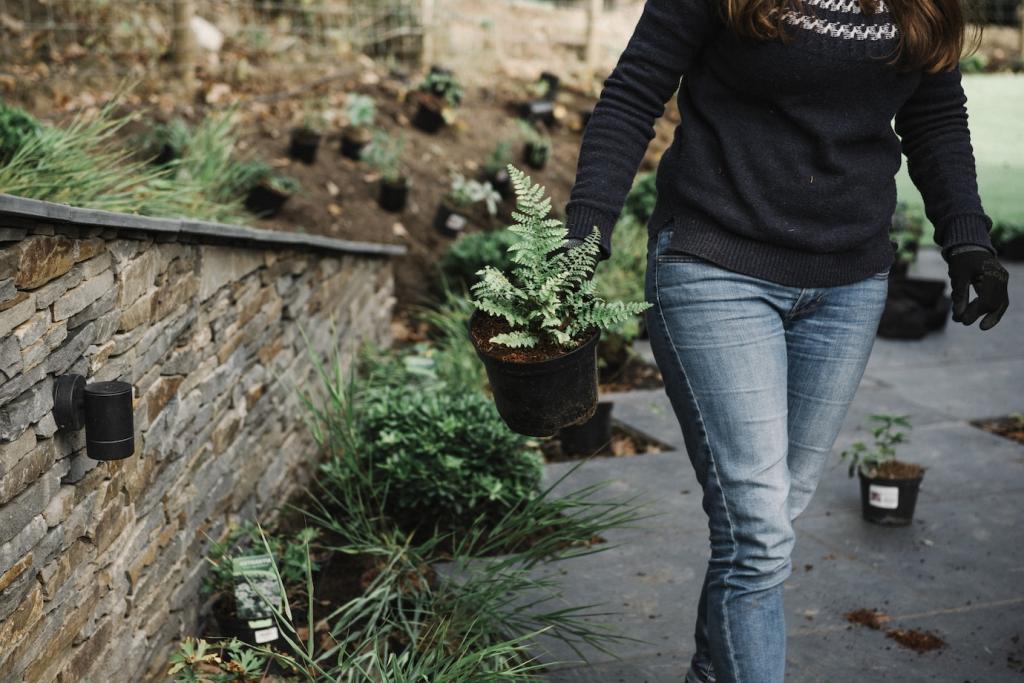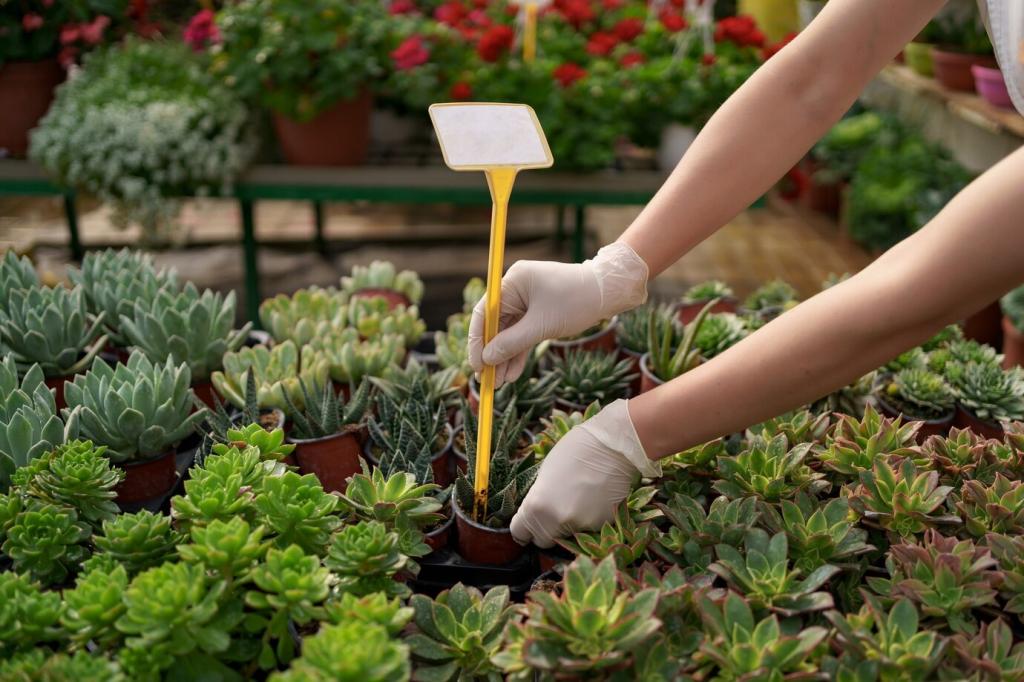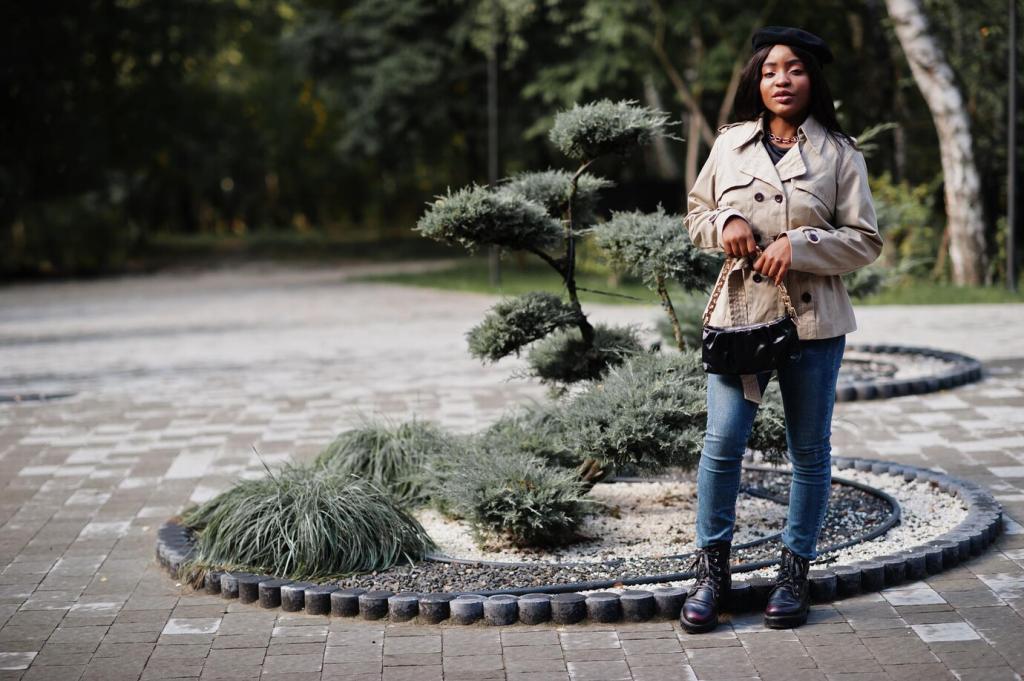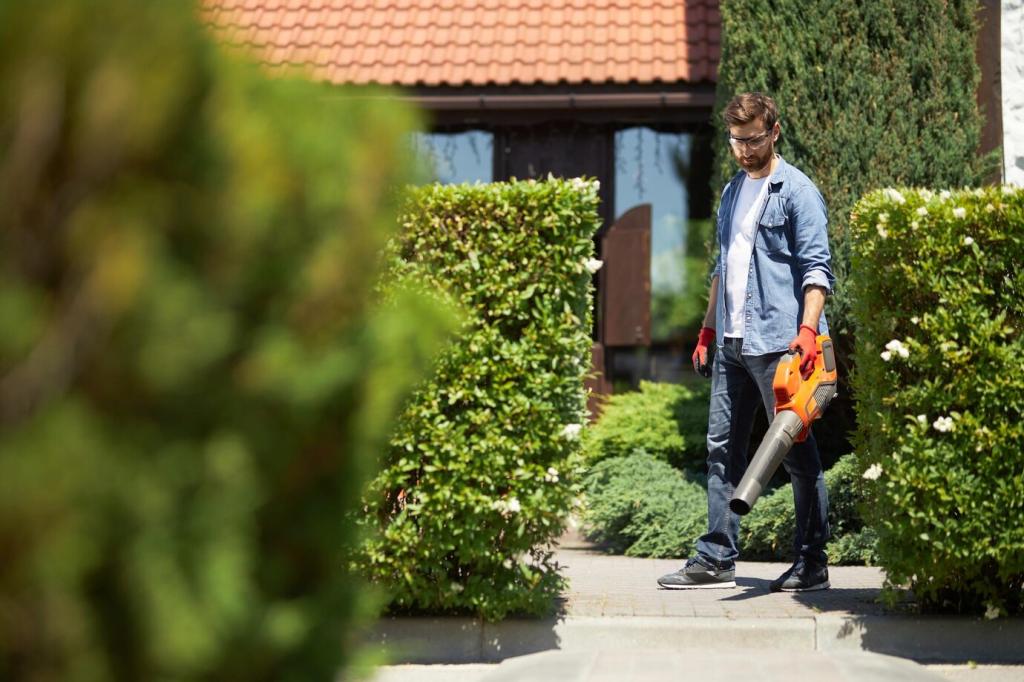
Essential Tools for Beginner Landscape Designers
Chosen theme: Essential Tools for Beginner Landscape Designers. Step into the field with confidence as we unpack the gear that turns raw outdoor spaces into thoughtful, buildable landscapes. From simple measuring kits to smart software, discover what truly matters, what to skip, and how to grow your toolkit as your skills evolve. Share your must-have tool in the comments and subscribe for practical checklists tailored to first projects.
Measure the Site with Confidence
A sturdy tape measure covers tight spaces, while a measuring wheel quickly maps driveways and property edges. Mark reference points with chalk or flags as you go. I once re-wheeled a garden and discovered a four-foot discrepancy that saved our layout from cutting into a buried utility line.
Measure the Site with Confidence
A laser distance meter speeds up point-to-point checks, especially across beds or patios. Many newer phones offer basic LIDAR scans to capture rough room-like dimensions outdoors. Use them to validate manual measurements, not replace them. Double-check under tree canopies where readings can scatter.


Sketching Tools that Turn Ideas into Plans
A small sketchbook with durable, water-resistant pages lets you capture site edges, views, and hazards on the spot. Use soft pencils for quick massing and fine liners for final outlines. Note plant conditions and soil texture. Those little field drawings become invaluable when your memory fades.
Lightweight CAD tools such as SketchUp for simple plans or AutoCAD LT for line-precise drafting cover most early needs. Standardize your layers and line weights early. Save templates with north arrows, scale bars, and title blocks, so you’re professional from day one without extra effort.
Design Software Starter Kit
Soil and Site Diagnostics
A DIY soil test gives quick reads on pH and nutrients, while a lab report confirms structure and salinity. Use results to guide amendments, not guesses. I once softened a stubborn clay bed with compost and gypsum based on lab data; the client’s roses finally thrived.
Soil and Site Diagnostics
A soil probe or hand auger reveals layers, compaction, and moisture. Squeeze tests and jar tests identify texture. Mark where water lingers after rain. These small checks influence drainage, species selection, and subgrade prep—far more than any catalog description or wishful thinking ever could.
Installation Hand Tools You’ll Actually Use
A square spade cuts edges crisply; a round-point shovel moves soil; a mattock loosens stubborn ground. Sharpen edges, oil wooden handles, and label your tools. Practicing proper leverage saves your back. These humble workhorses shape beds cleaner than fancy gear when used with intention.
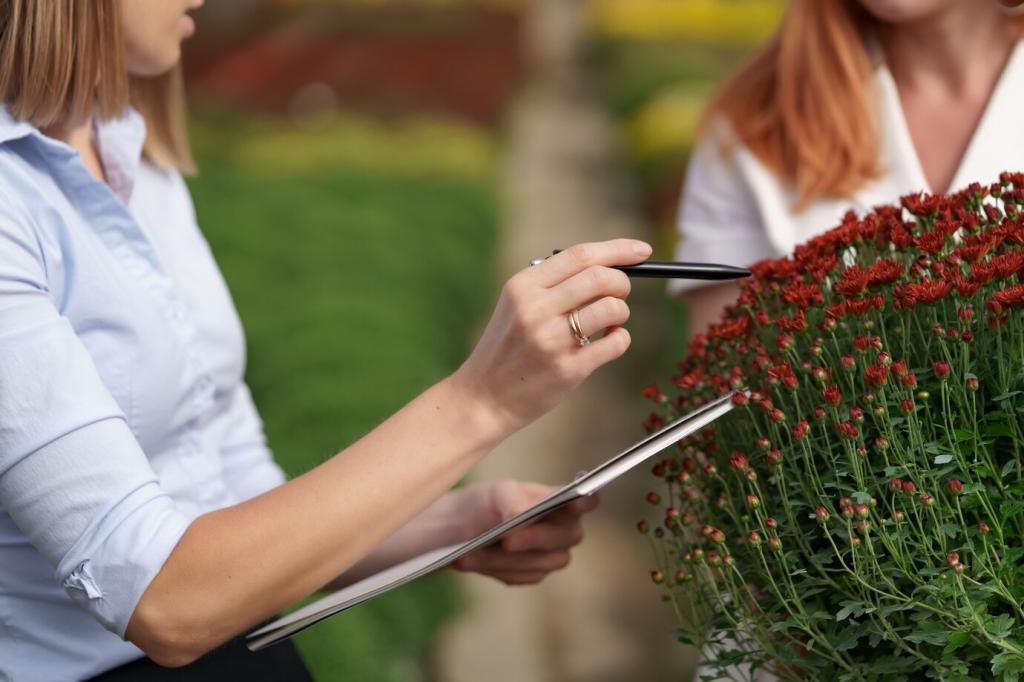
Planting and Pruning Essentials
Quality bypass pruners make precise cuts that heal quickly, while loppers handle thicker branches without tearing. Keep a holster on your belt and clean blades between plants. The difference in plant recovery is night and day when your cuts are sharp, deliberate, and thoughtfully placed.
Planting and Pruning Essentials
A compact folding saw reaches into tight canopies. Pair it with a small diamond file or sharpening stone to keep edges keen. Dull tools crush tissue and invite disease. After one winter storm cleanup, a sharp saw literally halved our pruning time and preserved branch structure beautifully.
